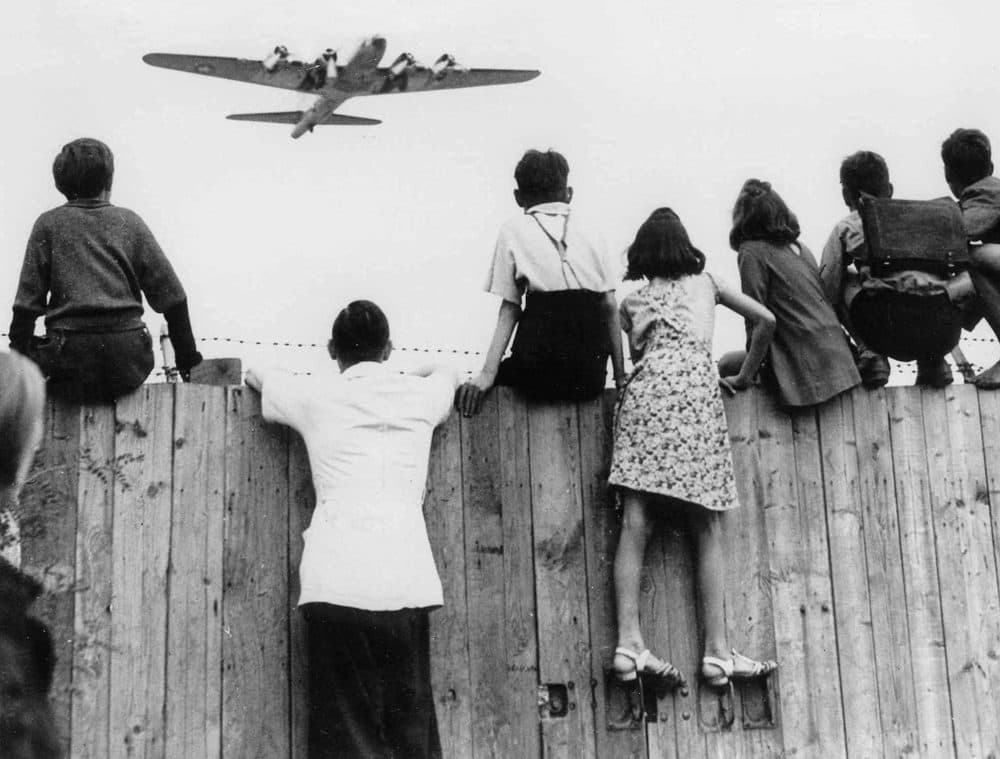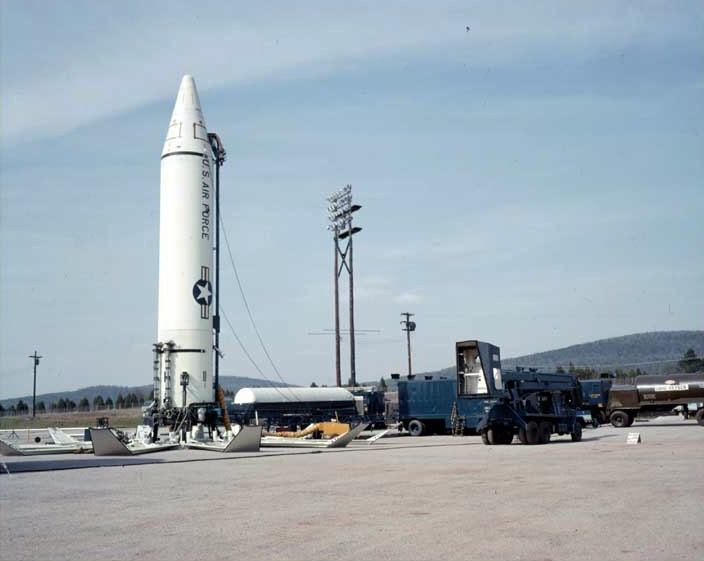Prologue 2 – Caribbean Sunshine
1898 – 1962
“Cuba ought to be free and independent and the government should be turned over to the Cuban people.”
– William McKinley
As the title of this work suggests, the fate of the world in those fateful days in 1962 was guided by the actions of three men, over one island.
The island? A large Caribbean one off the coast of Florida known to you and me as Cuba. Our tale really begins in 1898, after Cuba finally achieved its independence from the Kingdom of Spain after three attempts to throw off colonial rule from Madrid, this last one receiving direct aid from the United States of America in the brief Spanish-American War.
Battle of San Juan Hill during the 1898 Spanish-American War, which the 1895-98 Cuban War of Independence was subsumed into.
The newly independent Cuba almost immediately ended up under American dominance, including the permanent lease of Guantanamo Bay to the United States. To cut a long story short, I'll cut out the history of Cuba between this point and 1959, when the Cuban Revolution concluded with the victory of Fidel Castro's revolutionary forces against the regime of Fulgencio Batista.
With Batista's ousting, a revolutionary government seized control in Havana with Fidel Castro, the first of our three men, appointed as Prime Minister on the 16th of February 1959. Quickly, the liberal elements of the government were pushed out by the communists led by Fidel Castro, the first of our three men. After failing to garner support from the United States, President Eisenhower refusing to meet Castro and Vice President Nixon taking a strong dislike to him, Castro began to nationalise American-owned property in Cuba. This was followed by several other steps to move Cuba in the direction of socialism. Washington, fearing the so-called "Domino Effect" (by which one country falling to communism what cause the surrounding states to fall as well) with communism in Cuba spreading to the rest of Latin America. America's response was to embargo Cuba (an arms embargo against Batista already in effect since 1958). When this didn't work, the CIA drew up a plan with anti-Castro Cuban exiles to invade Cuba and overthrow Castro.
This plan turned into the bungled Bay of Pigs invasion. The invasion was a hopeless failure, with the new US President John F. Kennedy only committing half-heartedly. This convinced Soviet leader Nikita Khrushchev that Kennedy was a weak leader who could easily be bullied.
However, it wasn’t so easy for Khrushchev either. In March 1962, Castro purged Anibal Escalante from Cuba’s ruling party, the “Integrated Revolutionary Organisations”. This scared the Soviets since Escalante represented the pro-Moscow wing of the Cuban government and therefore the Soviets stepped up their support for Cuba fearing that Castro may gravitate towards China. A regiment of Soviet ground troops and more SA-2 anti-aircraft missiles were soon being transported to the Caribbean.
Regarding direct American-Soviet relations, times were tense as well, mostly revolving over the 1961 Berlin Crisis and the so-called “missile gap”. During the former, American and Soviet tanks had stood off at Checkpoint Charlie and the East German government had constructed the Berlin Wall to stop the brain drain as many educated East German workers defected through West Berlin.
Regarding the missile gap, well that was just a political joke. Ever since the launch of Sputnik 1 by the Soviet Union in 1957, the Americans had believed that the Soviets possessed a larger number of missiles than the United States and that they were of a higher quality than American missiles. Well, that was the narrative many American politicians used to convince voters to elect them. Kennedy was no exception, attacking his 1960 election opponent, Richard Nixon, for allowing the creation of the so-called “missile gap.” The Soviets weren’t entirely innocent though. Khrushchev was more than happy to exaggerate Soviet capabilities, such as stating that the Soviet Union was churning out missiles “like sausages” and circling the same missiles around at parades to make it look like they had more.
By August 1962, the Americans suspected that the Soviets might be building missile facilities on Cuba. In mid-October, they were proven right. On the 14th of October 1962, an American U-2 spy plane photographed three Soviet medium-range ballistic missiles (MRBM) launch sites suitable for SS-4 and SS-5 missiles. The news was relayed to McGeorge Bundy, the National Security Advisor, on the 15th. Kennedy was informed by Bundy on the 16th. The countdown had begun. To deal with this crisis, the Executive Committee of the National Security Council (EXCOMM) was founded. A number of potential solutions were discussed:
- Total inaction.
- Place diplomatic pressure on the Soviets to withdraw the missiles
- Secretly place pressure on Castro to withdraw the missiles, threatening invasion of he refused.
- Blockade Cuba.
- Launch a series of air strikes over Cuba to destroy the missiles.
- Invade Cuba to destroy the missiles and remove Castro from power.
The first option was instantly ruled out. Even if the Cuban missiles didn't change the strategic balance of power, the Americans possessing 27,000 nuclear warheads compared to the Soviets 3,000, the political balance was shifted. The Soviets would now have nuclear first-strike capability against the United States and if the missiles became operational, could be used as a threat and bargaining chip by the Soviets to obtain West Berlin.
On the 18th, Kennedy met with Soviet Foreign Minister Gromyko, who insisted that all Soviet weapons in Cuba were for solely defensive purposes.
On the 21st of October, EXCOMM decided upon the blockade option, calling it a "quarantine" since a blockade was officially an act of war. On the 23rd, Kennedy delivered a televised speech announcing the "quarantine" of Cuba.
Over the next six days the crisis continued to heat up. On the 24th, George Ball suggested making an offer to withdraw America's near-obsolete missiles from Italy and Turkey in exchange for the Soviets removing their missiles from Cuba. The suggestion was rejected. In Moscow, Khrushchev accused Kennedy of "outright piracy" and warned that the quarantine would lead to war. On the 25th, US ambassador to the United Nations (UN) Adlai Stevenson humiliated his Soviet counterpart Valerian Zorin. When the latter denied the existence of Soviet nuclear weapons in Cuba, the former produced photographic evidence that the ambassador was lying and that the missiles were indeed there.
On the 26th, the crisis was a definitive stalemate, with no side appearing to change their position. Kennedy addressed EXCOMM, informing them pf his belief that only an invasion would remove the missiles. U-2 flights over Cuba were increased from two per day to one every two hours. In secret, Soviet-American negotiations continued through John Scali negotiating for Kennedy and Alexsandr Feklisov (cover name Alexandr Fomin). Also that day, Castro sent a letter to Khrushchev, urging him to launch a nuclear first-strike against the United States should they attack Cuba. That evening, the State Department received a personal message from Khrushchev. It was long and encrypted, but once deciphered and read, it appeared to be genuine. That was the last time Kennedy would feel hopeful about resolving the crisis.
The next day, the 27th of October, was fast approaching. The day where everything that could go wrong, would go wrong. In the worst possible of ways.
Sources

en.wikipedia.org
Comments?





